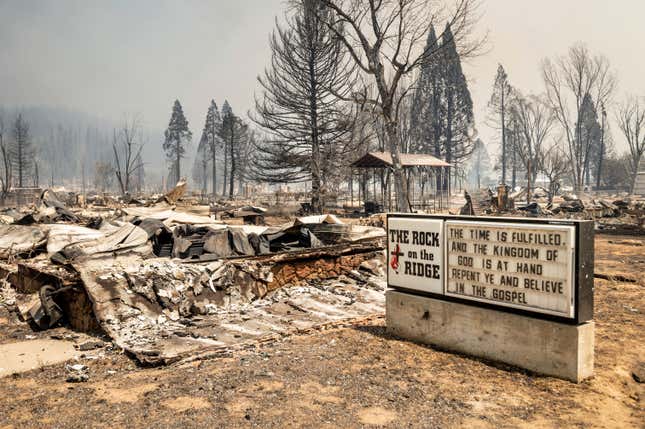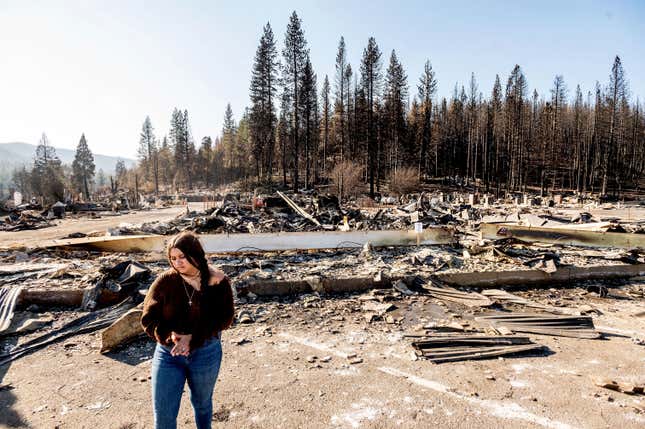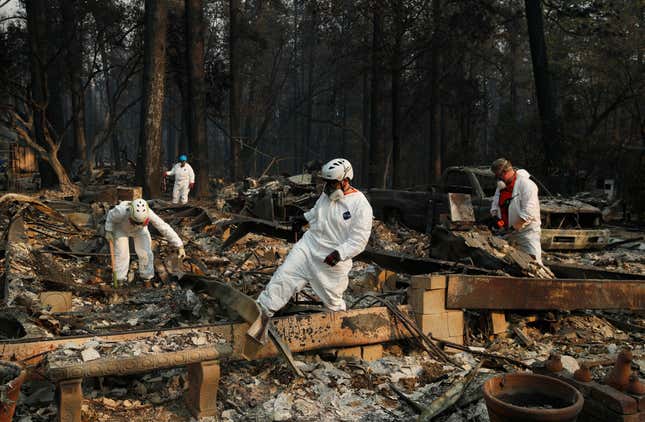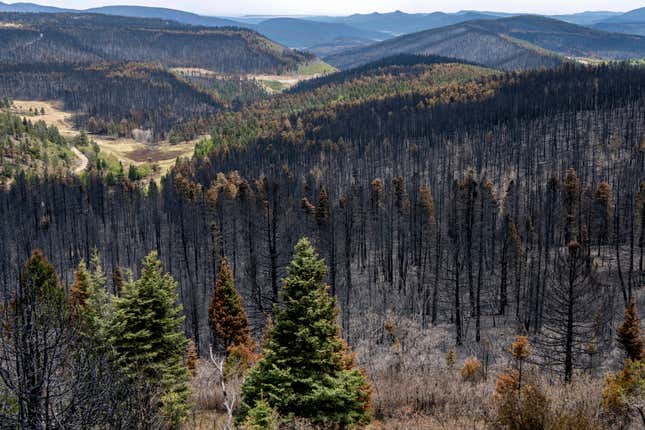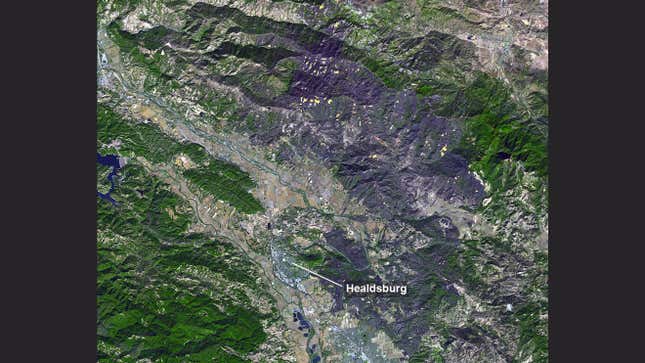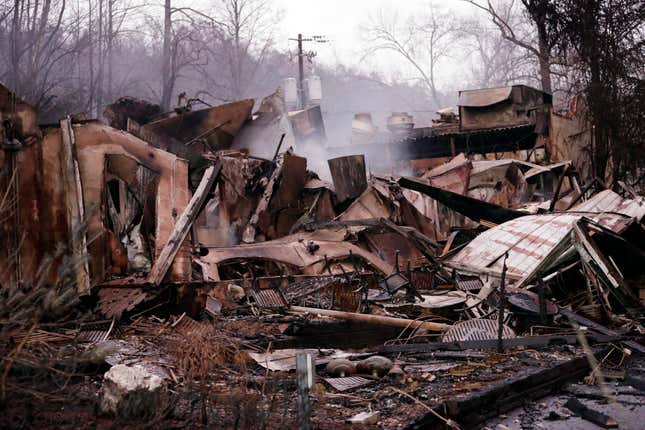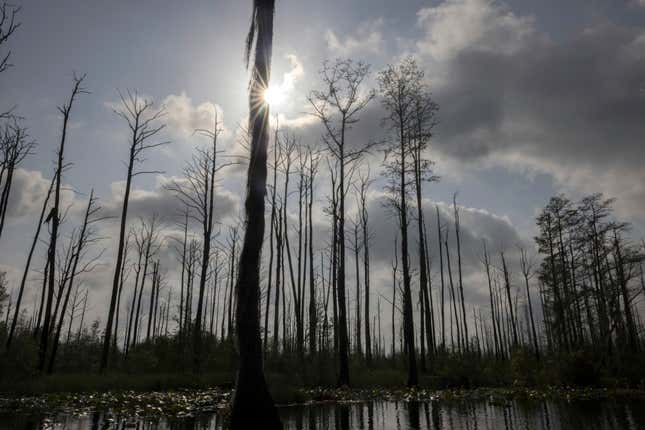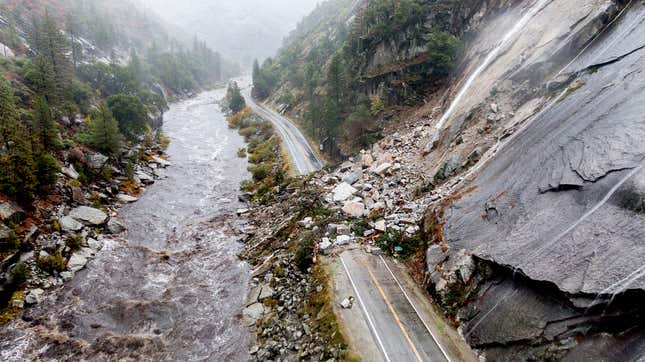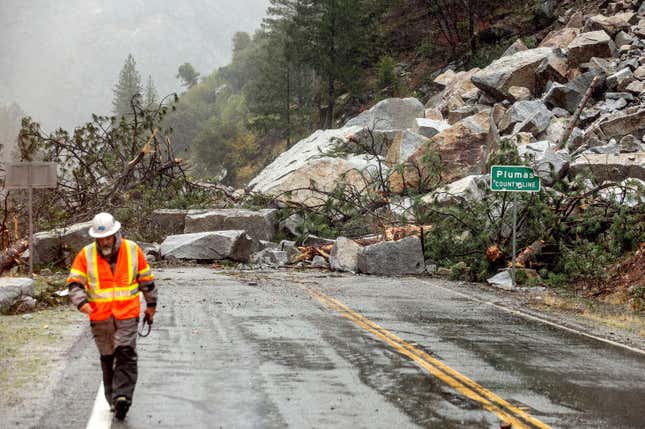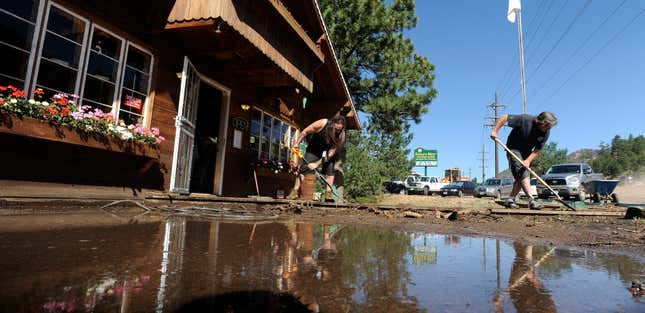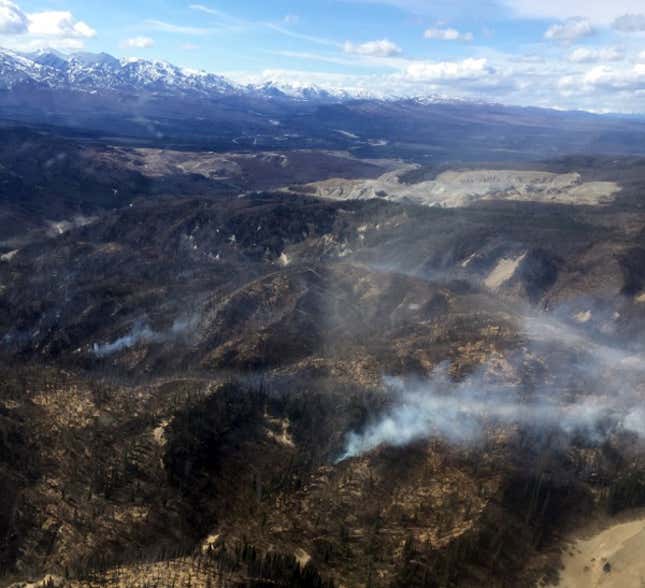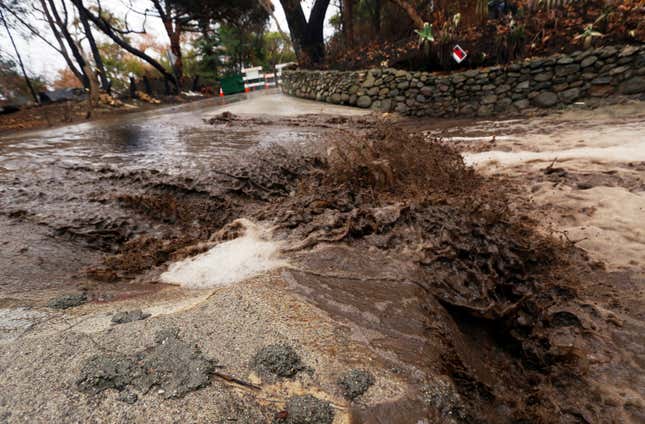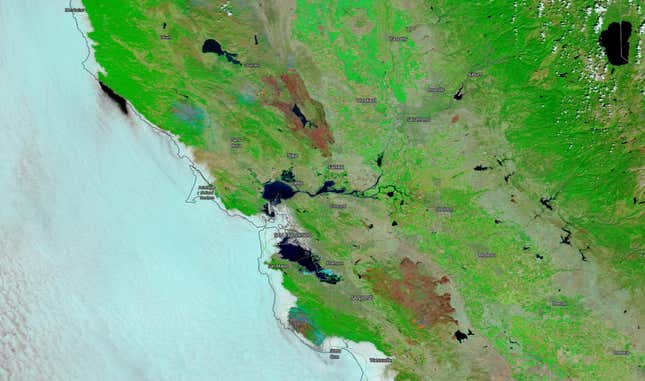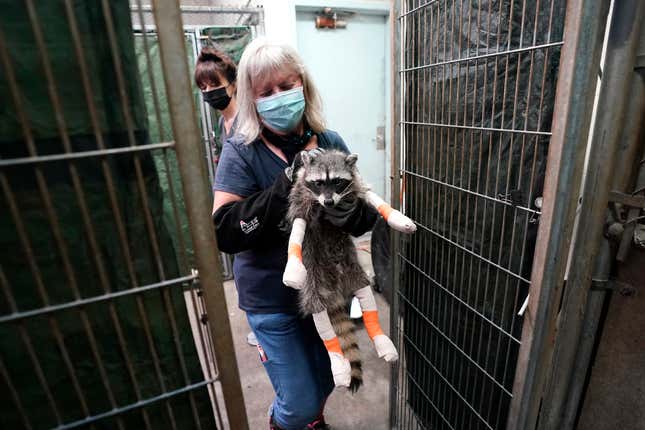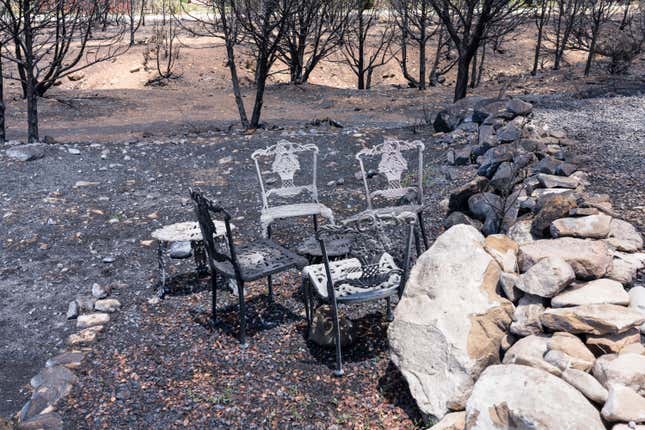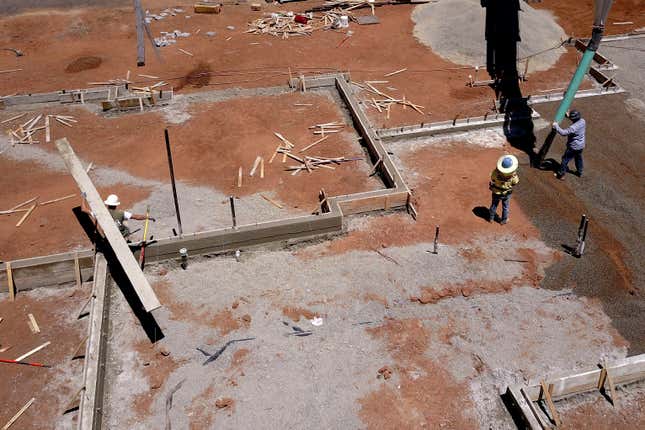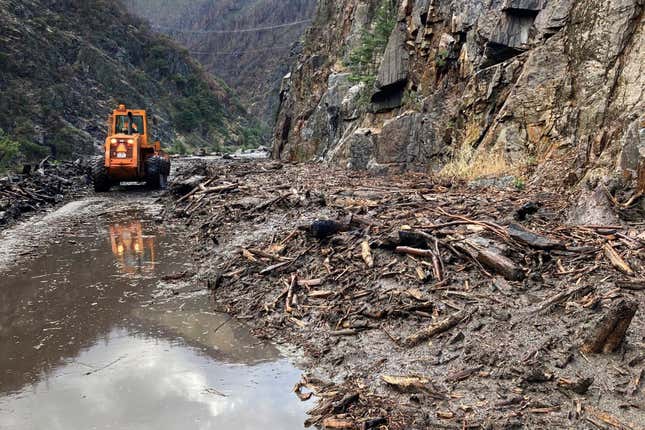
News coverage of wildfires tends to focus on the acute events: A blaze erupts, people are evacuated, homes burn down, sometimes lives are lost. And rightfully so—it’s important to know what’s happening as it’s happening. As a result though, there are lots of articles and images out that describe and show flames engulfing forests and communities, and wildlands firefighters battling active burns. But what’s left when the smoke clears?
At minimum, it takes years for ecosystems to recover from the worst wildfires. Often, years means decades. One 2011 study found that desert environments need more than 65 years to fully re-establish after the flames, and even with all that time, some things might never come back, like iconic saguaro cactuses. And a landscapes’ ability to recover from wildfire is being hampered by climate change. Places that might have once been able to bounce back from burns are now permanently devastated.
For human communities as well, wildfire recovery can be a never-ending process. Some people forced to evacuate will chose not to return. Many people who do, face the risk of future fires sweeping through their towns again. Wildfires are traumatic and surviving them can have long-term psychological effects.
These photographs from the aftermaths of some of the worst fires in recent U.S. history illustrate the scope and scale of the lingering damage wildfires cause. There are lots of reasons for catastrophic fires, like a national history of wildfire suppression and increasing human development in fire prone areas. However, it is well established that climate change is a major contributor to worsening fires and wildfire risk (in addition to kneecapping ecosystem recovery).
Climate change is already increasing the length of wildfire season as well as the size and frequency of fires, according to the EPA. Lots of published research agrees. One 2021 study, for instance, found that climate change was the single biggest driver of increasing wildfires in the United States. And a 2022 UN report projected that worsening climate change is leading us towards a “global wildfire crisis.”
So, each of these pictures also encapsulates a bit of the true cost of our collective greenhouse gas emissions. These are photos of climate change in action.
